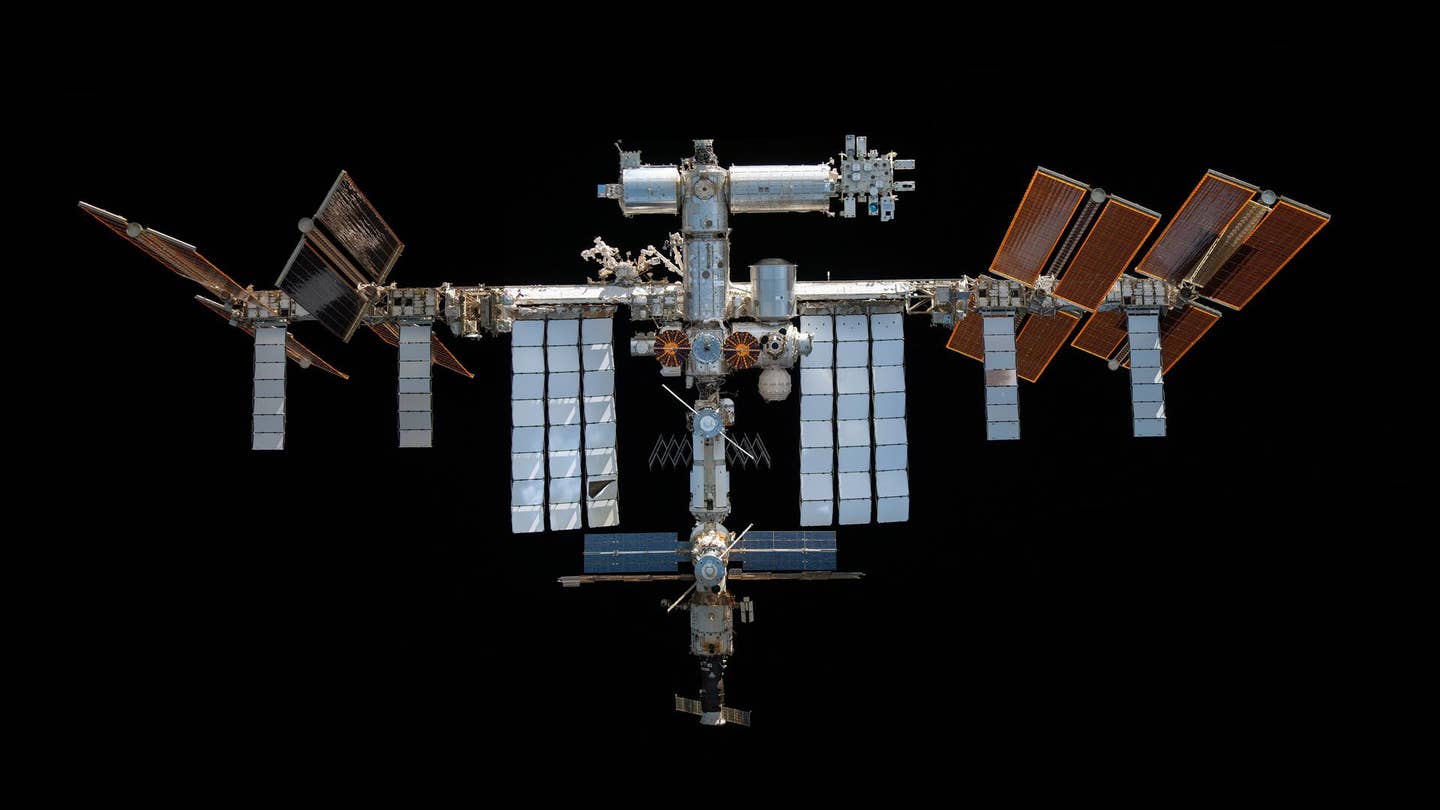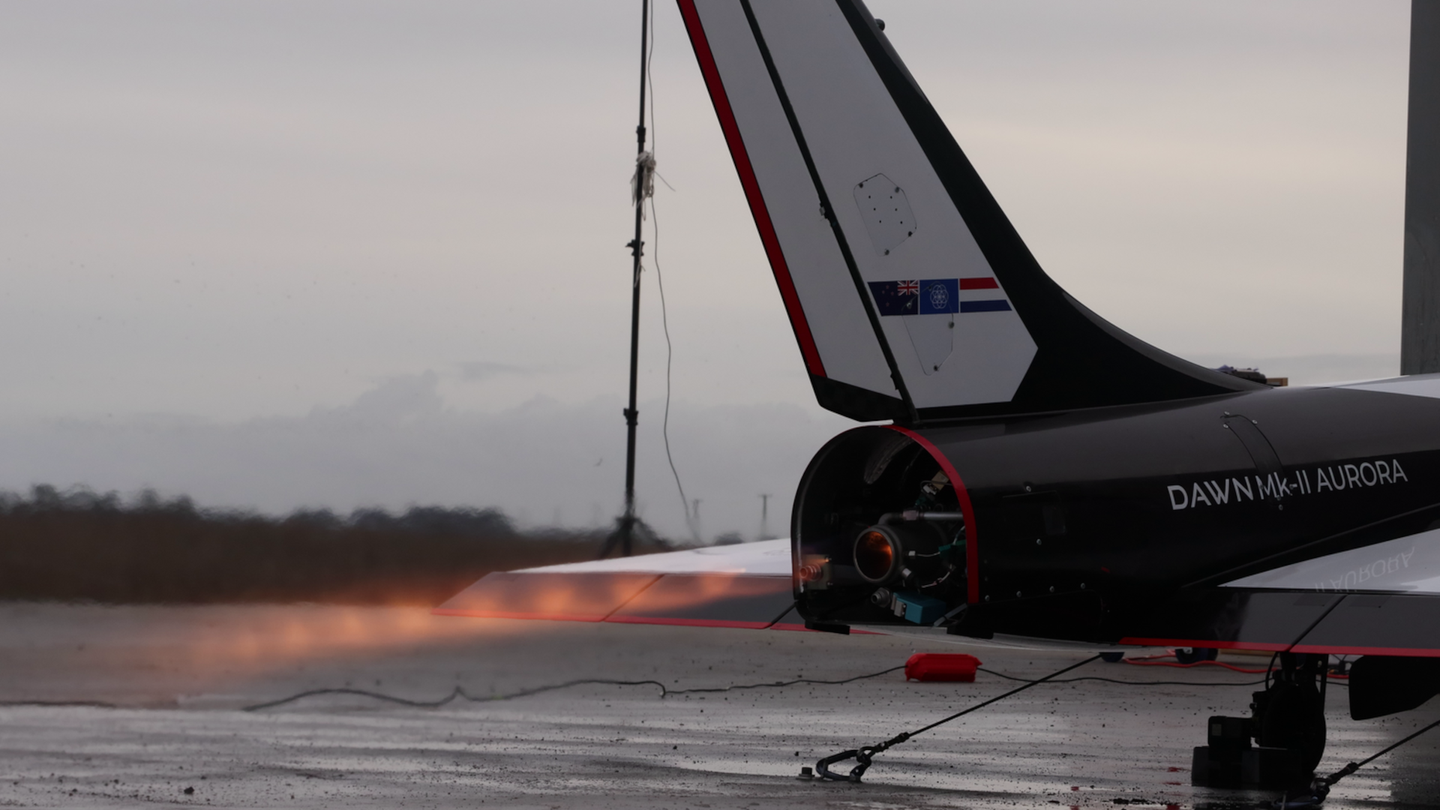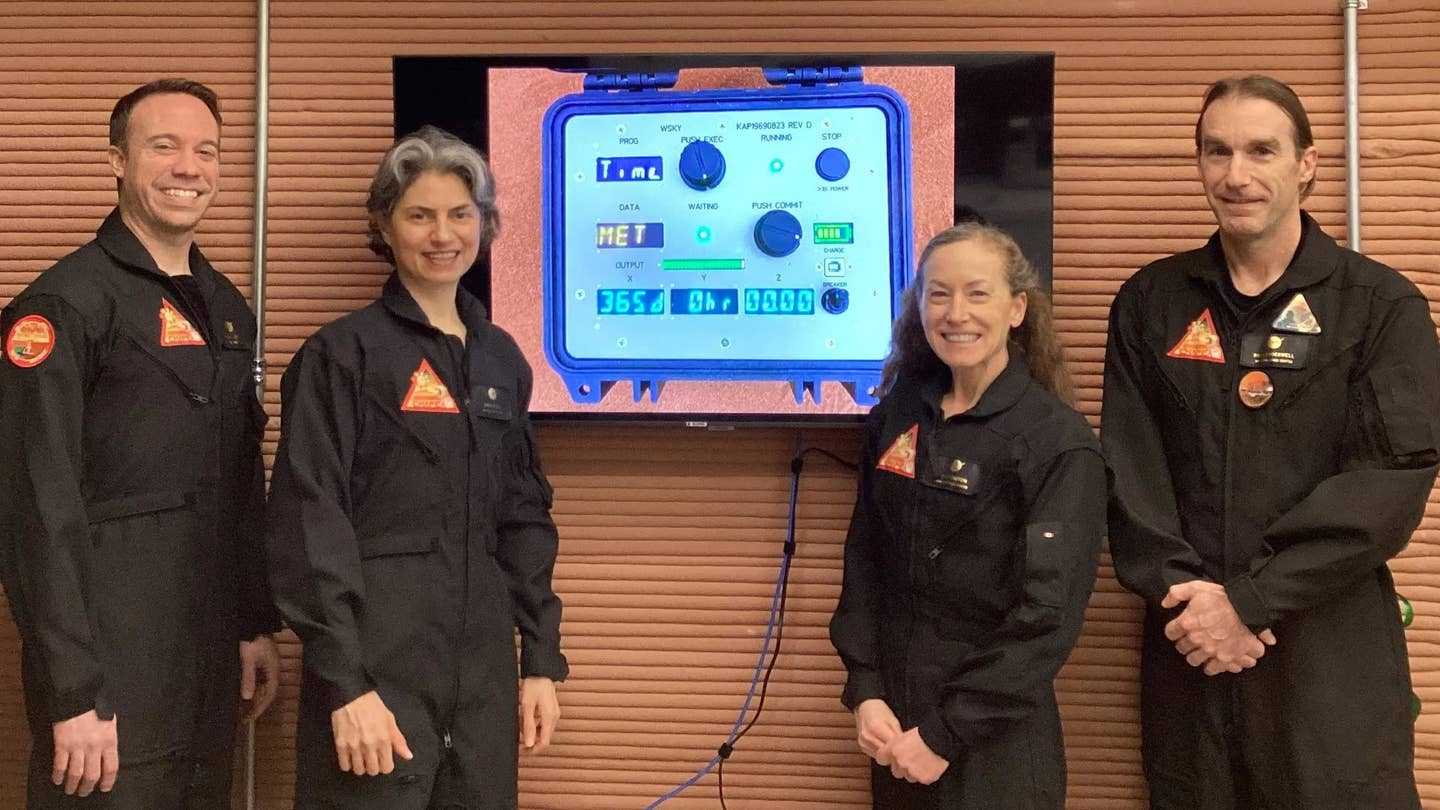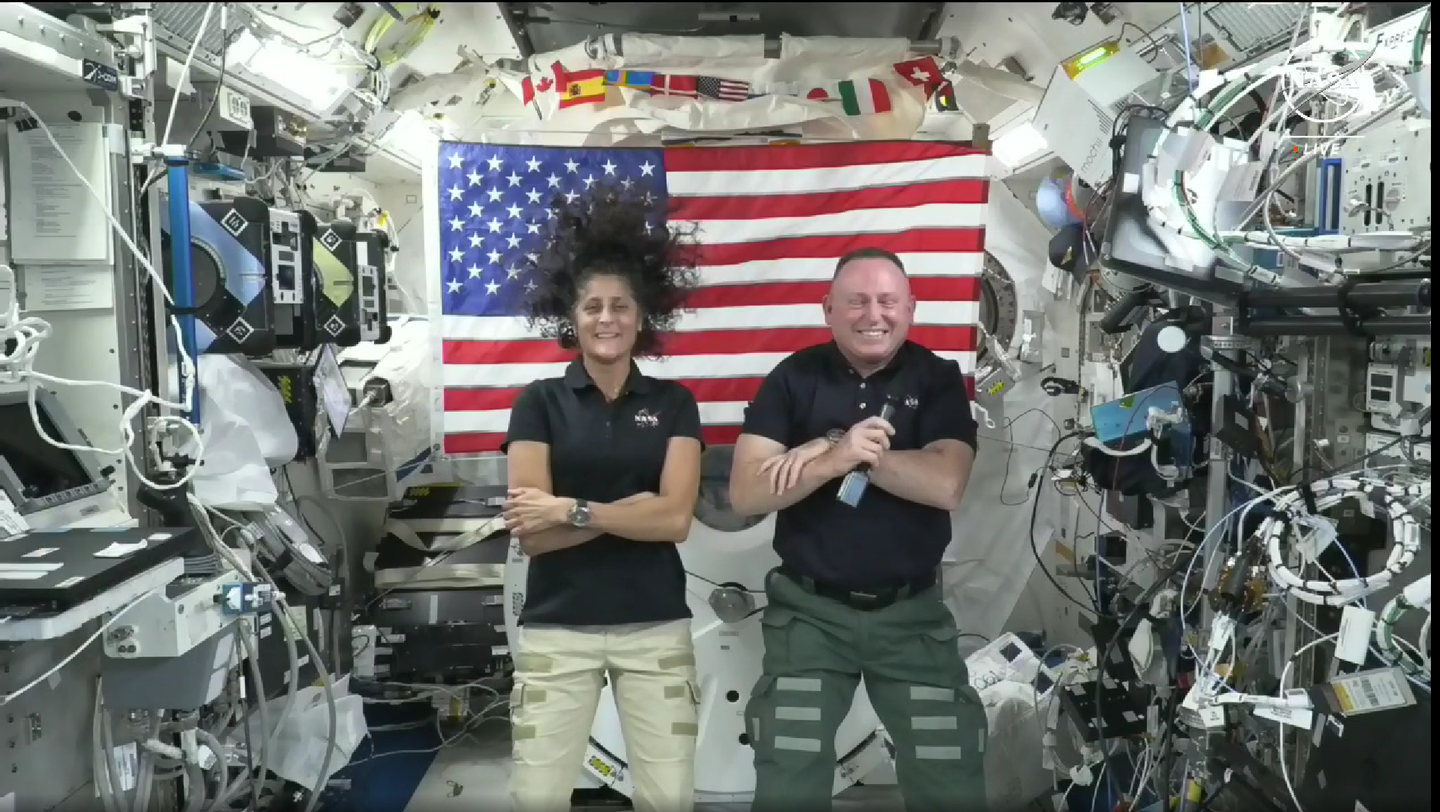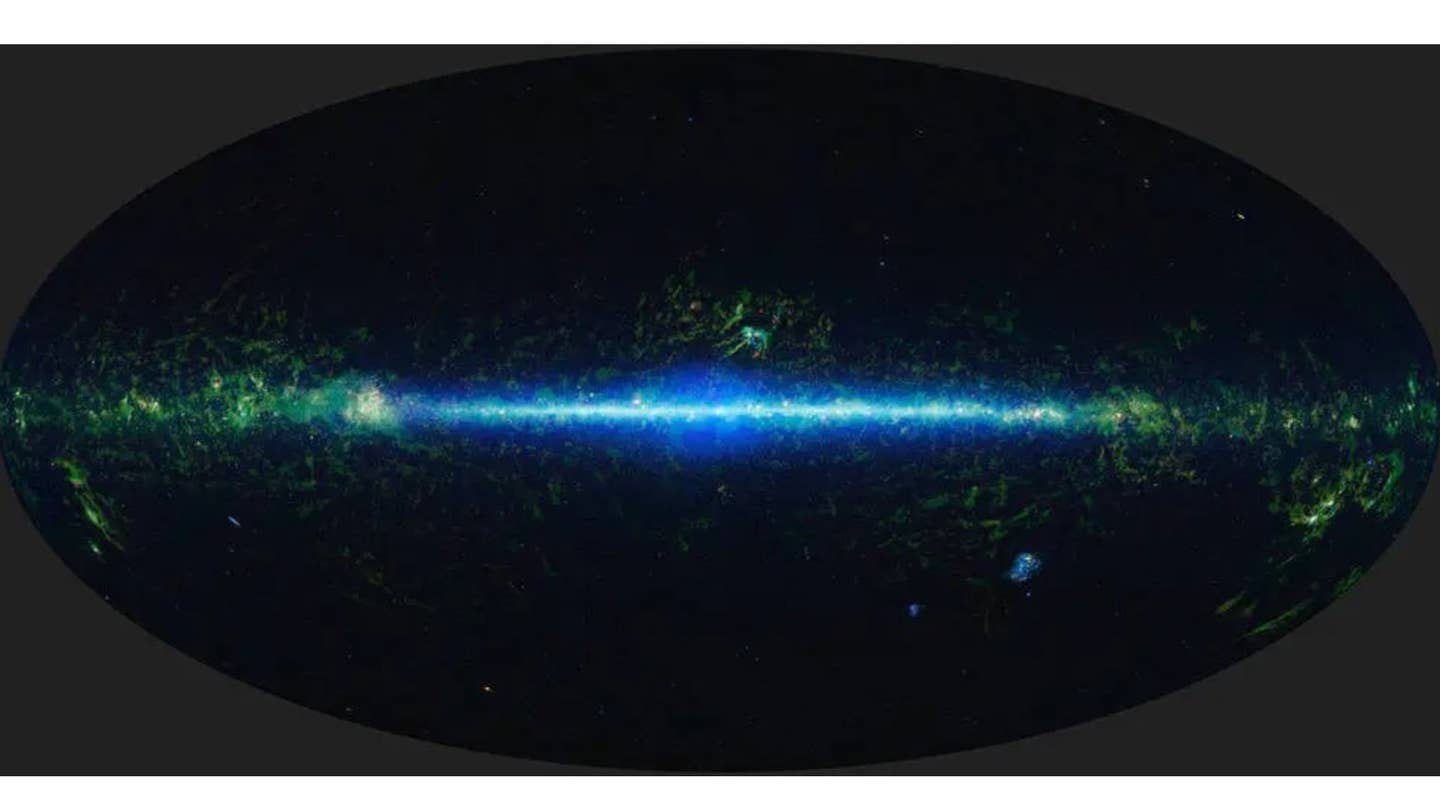FAA Proposes Rule to Limit Commercial Space Vehicles Debris
The notice of proposed rulemaking focuses on how commercial operators will be required to dispose of the upper stages of their launch vehicles.

SpaceX’s Starship rocket stands ready for launch ahead of April’s test flight. [Credit: SpaceX]
Editor's note: This article first appeared on AVweb.com.
The FAA has proposed a rule designed to limit new orbital debris from commercial space vehicles, citing the need to “reduce the potential for collisions with spacecraft and satellites to promote a sustainable space environment.”
According to the agency, current estimates put the number of orbital objects measuring 10 cm or greater at over 23,000 with projections for objects between 1 and 10 cm coming in at one-half million. The notice of proposed rulemaking (NPRM) focuses on how commercial operators will be required to dispose of the upper stages of their launch vehicles.
“If left unchecked, the accumulation of orbital debris will increase the risk of collisions and clutter orbits used for human spaceflight and for satellites providing communications, weather and global positioning system services,” the FAA said. “By strictly limiting the uncontrolled reentry of upper stages, the FAA seeks to mitigate the risk to people on the ground and in flight due to its significant size and mass and the uncertainty of where it will land.”
The NPRM lays out five upper stage disposal options including conducting a controlled reentry, moving it to a less congested storage or graveyard orbit, sending it on an Earth-escape orbit, retrieving it within five years and performing an uncontrolled atmospheric disposal or natural decay within 25 years.
The FAA noted that the proposed rule would “align commercial space orbital debris mitigation practices with those accepted by the U.S. government for its space missions.” The rule will be open for public comment for 90 days following its publication in the Federal Register.

Subscribe to Our Newsletter
Get the latest FLYING stories delivered directly to your inbox

